Importance of incorporation of food production into architectural and urban design
According to the World Urbanization Prospects of 2014 published by the UN by 2050 the world’s population will be around 9.7 Billion people, 70% of which will live in urban areas. In order to meet the public demand, in the next 40 years we will need 2.48 trillion square feet of new infrastructure. Agricultural lands are now being used for housing projects which contributes to growing strain on the food production sector.
Presently the urbanfood cycle is largely dependent on farmlands for food production. Daily import, distribution and their subsequent disposal of food products is contributing to growing carbon footprint as distances between the sources, consumer and disposal keep increasing. Urban food production through implementation of techniques like aquaponic, hydroponic and aeroponic farming in a variety of architectural and urban spaces can help to not only reduce the strain of production but also reduce the overall use of fossil fuels in transportation.
In this study we are investigating the potential of using these techniques as design drivers for existing and future urban design. How these conscious design implementations can help shape a greener future of the urban environment.
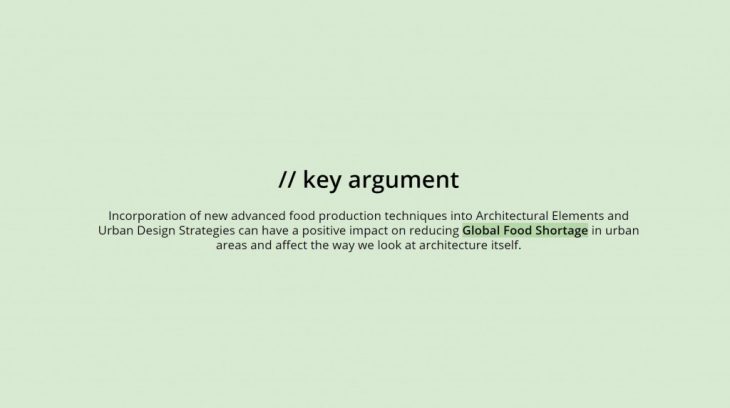
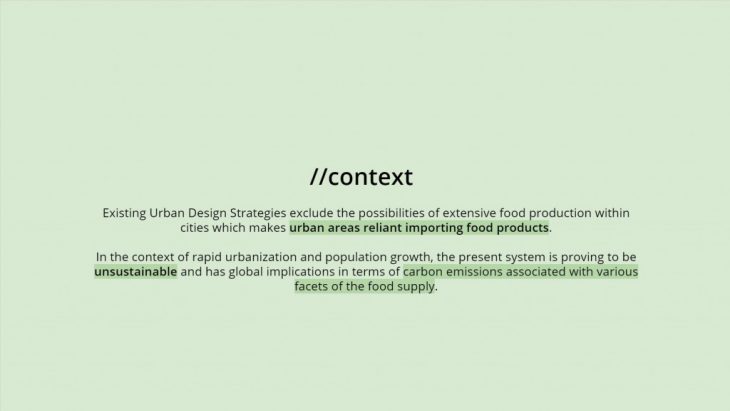
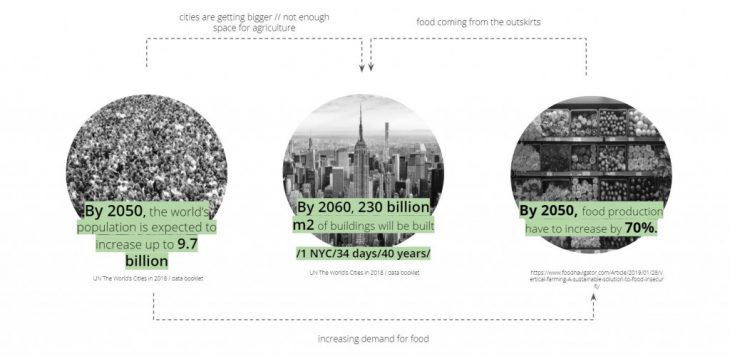
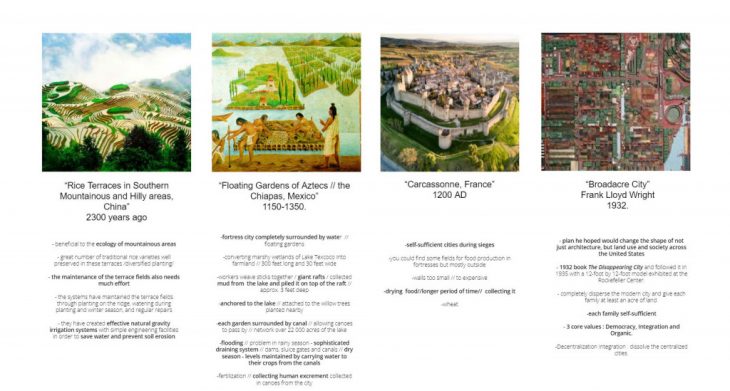
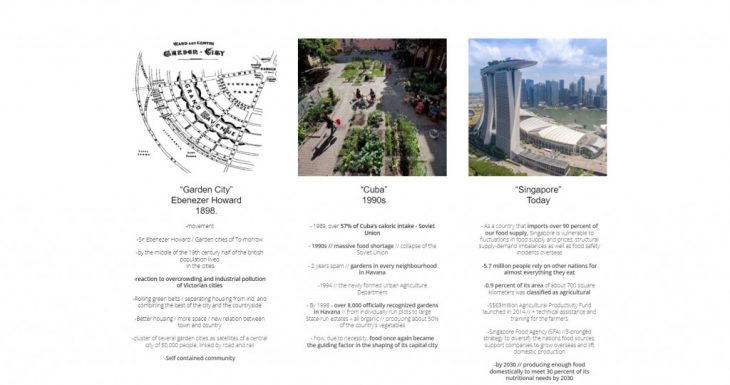
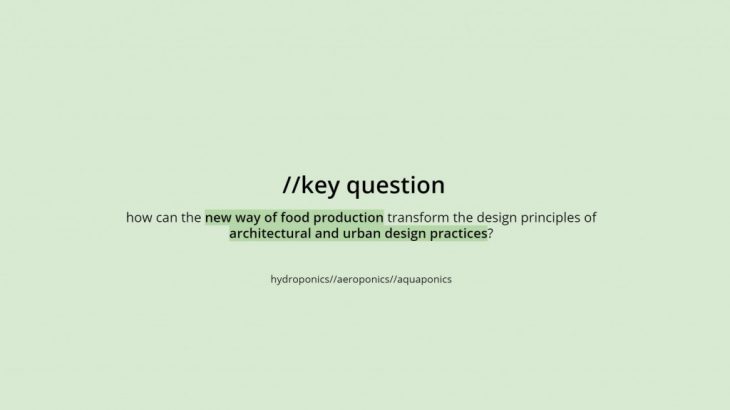
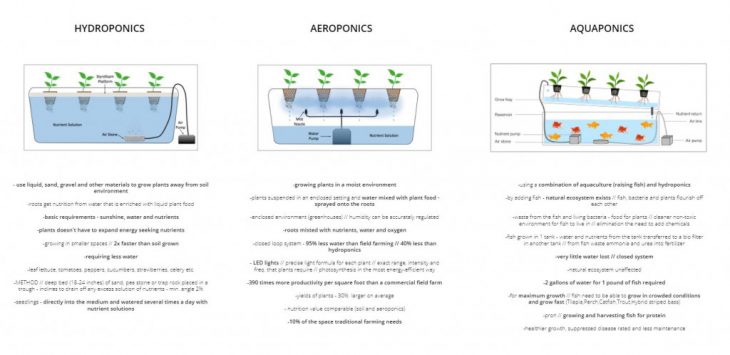
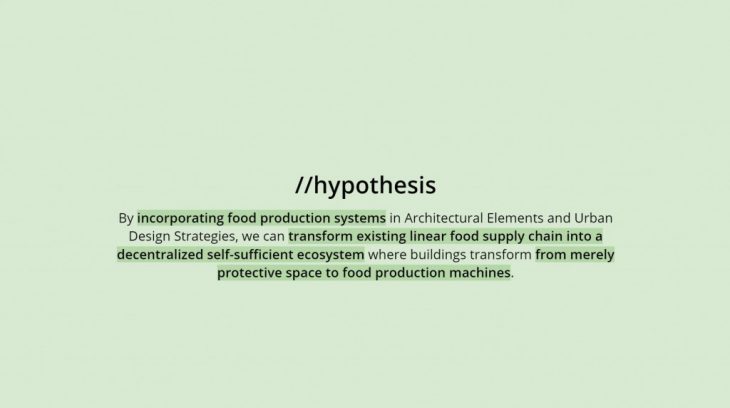
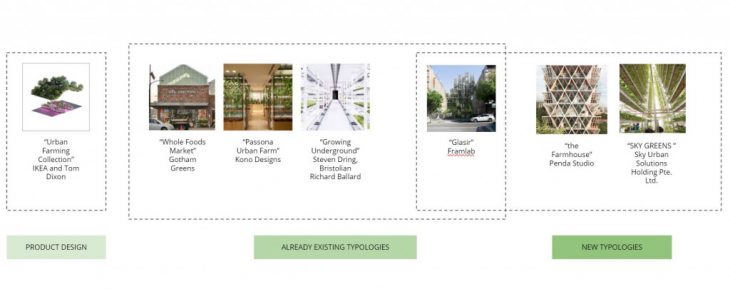
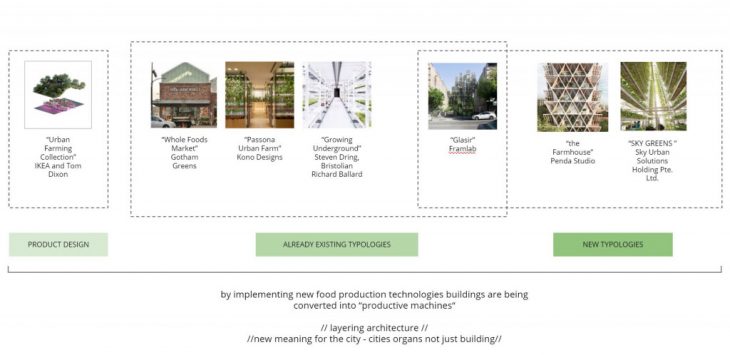

By transforming building elements from being merely protective and aesthetic elements into productive elements, Urban food supply chain can be transformed into self- sufficient eco-system for future urban population.
Role of Food Production in Modern Urban Design is a project of IAAC, Institute for Advanced Architecture of Catalonia developed in the Master in Advanced Architecture 2020/21 by:
Students: Aditya Ambare & Ines Cavar
Faculty: Jordi Vivaldi & Manuel Gausa